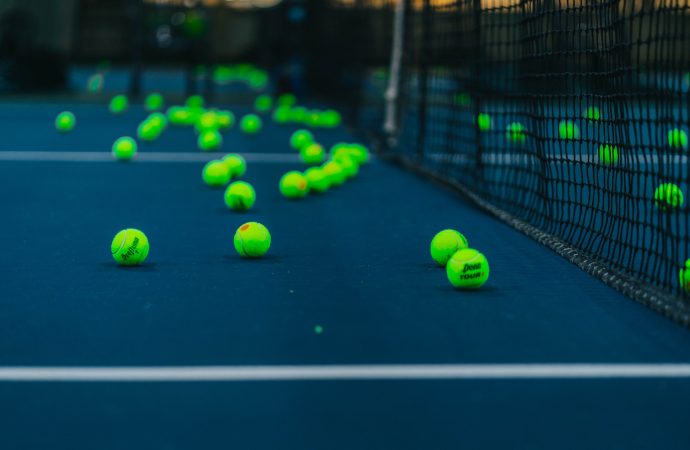Introduction: The Enigma of Ball Tracking at Wimbledon The fast-paced action of Wimbledon often leaves spectators and players wondering about the human eye’s ability to keep track of the ball. In this article, we explore the intriguing phenomenon of ball tracking at Wimbledon and investigate why the human eye sometimes fails to follow the ball’s
Introduction: The Enigma of Ball Tracking at Wimbledon
The fast-paced action of Wimbledon often leaves spectators and players wondering about the human eye’s ability to keep track of the ball. In this article, we explore the intriguing phenomenon of ball tracking at Wimbledon and investigate why the human eye sometimes fails to follow the ball’s trajectory accurately.
The Science Behind Human Eye Inability
Scientific research reveals that the human eye has inherent limitations when it comes to tracking fast-moving objects like tennis balls. Factors such as saccadic eye movements, visual persistence, and depth perception contribute to the challenge of accurately following the ball. This section dives into the fascinating science behind the human eye’s struggle to keep up with the speed and complexity of tennis gameplay.
Impact on Players and Gameplay
The human eye’s inability to consistently track the ball has significant implications for players and the game of tennis. Players must rely on anticipatory skills, muscle memory, and peripheral vision to compensate for this limitation. The inability to precisely track the ball can lead to errors, missed shots, and strategic disadvantages. This section examines the impact on players’ performance and the strategies they employ to overcome this challenge.

Photo by Valentin Balan on Unsplash
Advancements and Future Possibilities (Heading 4)
Advancements in technology and sports science are paving the way for potential solutions to the human eye’s tracking limitations. Innovations like Hawk-Eye technology and virtual reality training offer promising avenues for improvement. This section explores the latest advancements and discusses the future possibilities of enhancing ball tracking at Wimbledon and beyond.
Conclusion
The human eye’s struggle to keep track of the ball at Wimbledon adds an intriguing layer to the game. Understanding the scientific factors contributing to this phenomenon provides valuable insights into the challenges faced by players. As technology continues to advance, it opens up exciting possibilities for improving ball tracking and enhancing the overall tennis experience at Wimbledon and other tournaments.

















Leave a Comment
Your email address will not be published. Required fields are marked with *